Panel Producer Metrics - November
November large panel revenue was up 0.8% m/m but down 30.9% y/y which puts the 2022 YTD (11 months) down 25.8% y/y, while large panel shipments are down 10.7% over the same period. On a regional basis, both Taiwan and Korea saw m/m revenue increases, surprising in that Samsung Display (pvt) has been winding down large panel LCD production capacity as has LG Display (LPL) to a lesser degree. Chinese large panel LCD producers saw their overall revenue share decline, following October’s rise, and has seen its revenue share decline YTD from 49.0% in December of last year to 46.6% in November of this year, while Korea has seen its share increase from 19.0% last December to 28.0% this year.















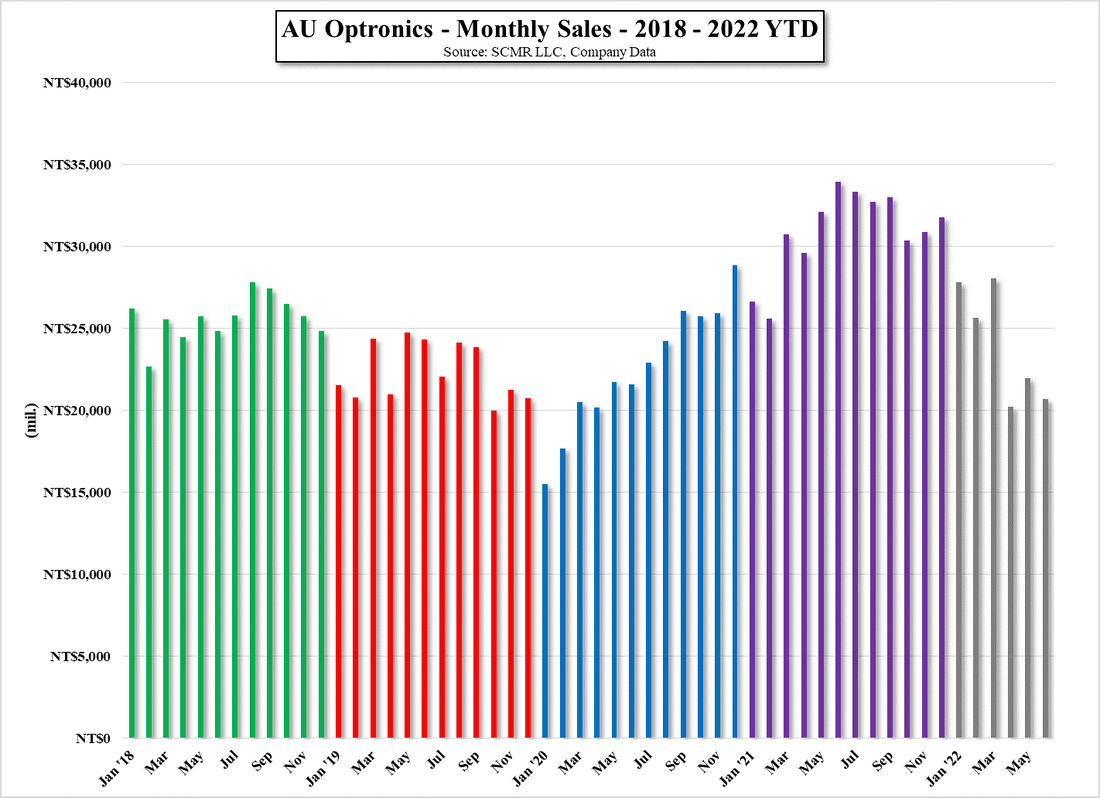








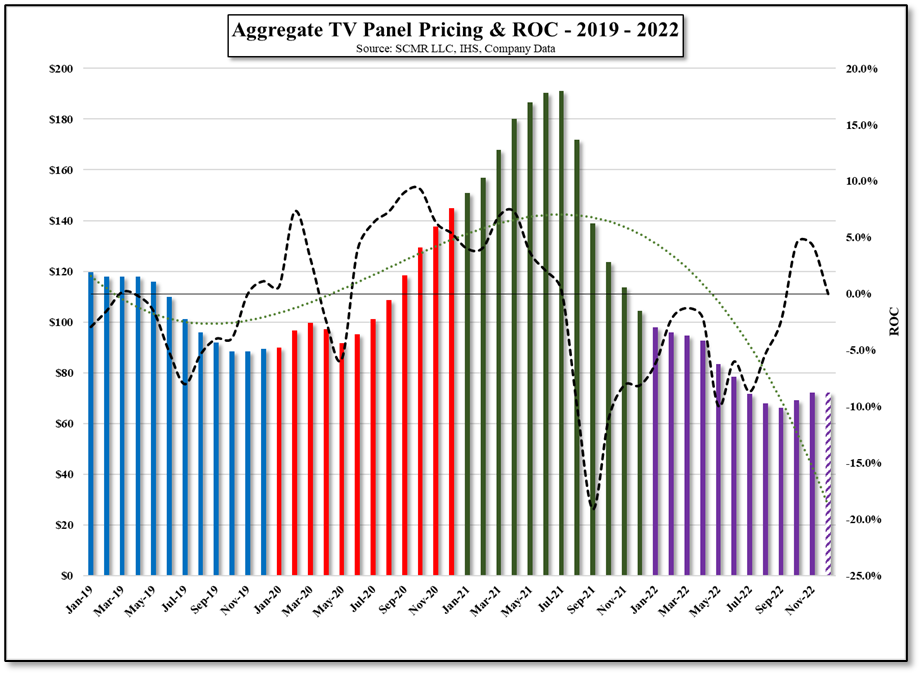
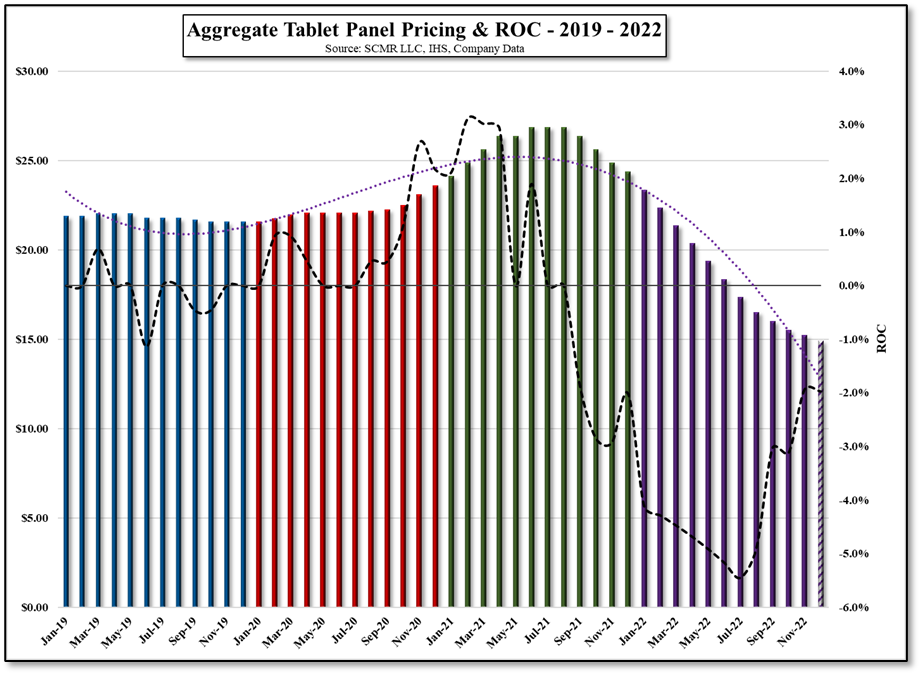
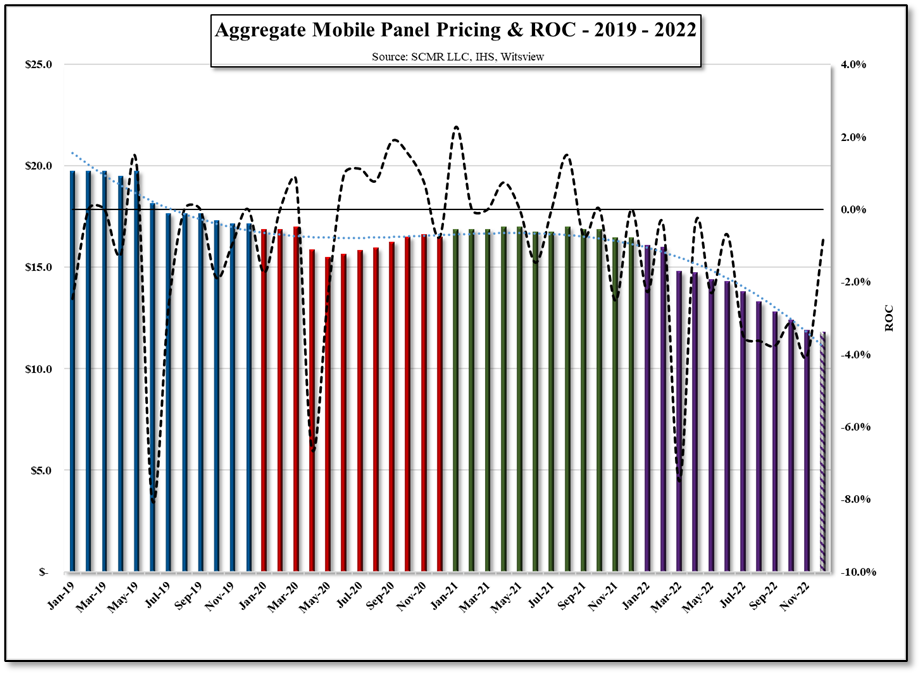
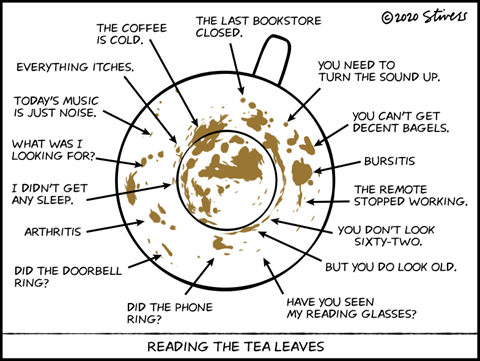




 RSS Feed
RSS Feed